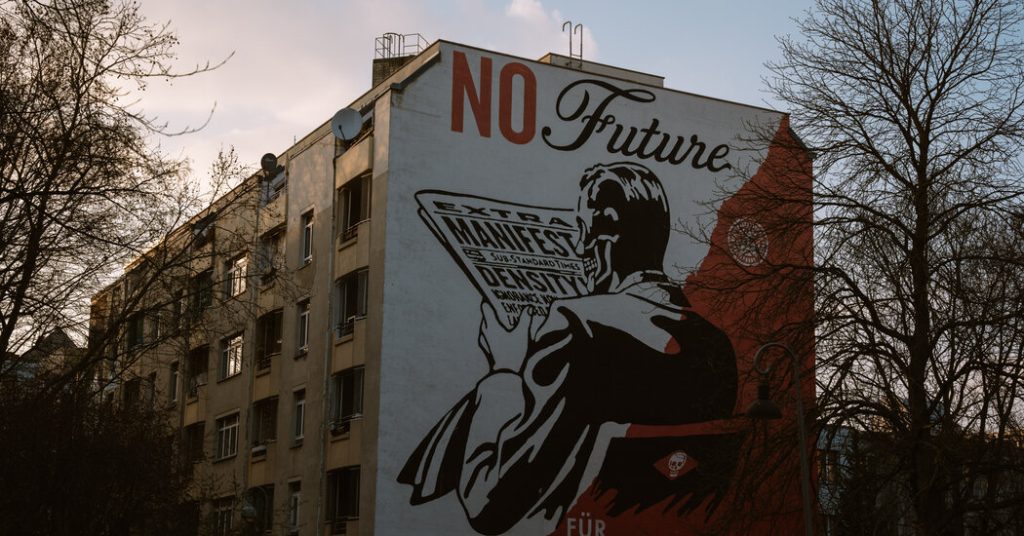Julian Phethean, also known as Mr Cenz, started his artistic journey by covering the walls of a shed in his backyard with bold lettering in spray paint. Moving his art to the streets of London in the 1980s, he faced resistance and even got arrested. However, as graffiti has transitioned from countercultural to mainstream, Mr Cenz now finds himself in demand, creating murals sponsored by brands like Pepsi Max and Tesla. This shift reflects a broader acceptance of street art that has attracted developers, companies, and brands looking to capitalize on its appeal.
The rise of street art as a mainstream cultural phenomenon can be traced back to the anti-establishment expression of the 1960s and 1970s, with artists like Banksy, Vhils, and Lady Pink gaining popularity through social media. This movement has been replicated globally, with street art contributing to the cultural cachet of neighborhoods like London’s Shoreditch. Artists who once populated these areas for their cheap rents are now facing rising costs and potential displacement as developers, companies, and brands move in to capitalize on the popularity of street art.
In districts like Wynwood in Miami and Friedrichshain in Berlin, developers have embraced street art as a tool for attracting investment and revitalizing neighborhoods. The Wynwood Walls gallery in Miami attracts millions of visitors annually and has helped transform the area into a hub for tech companies and luxury developments. However, the commercialization of street art raises questions about how to balance artistic expression with the needs and interests of local communities.
Despite the economic benefits that street art brings to neighborhoods, concerns about gentrification, displacement of residents, and the loss of artistic integrity have emerged. In Lisbon, the Urban Art Gallery oversees street art projects aimed at beautifying rough neighborhoods and branding the city as a hip destination. However, this revival has raised issues of inequality and displacement among marginalized communities. Similarly, in Wynwood, regulations intended to preserve the artistic heritage of the neighborhood have limited opportunities for organic artistic expression and led to concerns about gatekeeping by developers.
As street art continues to attract investment and commercial interest, artists, developers, and local communities grapple with the challenges of maintaining the authenticity and integrity of the art form. Charitable initiatives by businesses and agencies aim to support artists and fund community projects, but the tension between commercialization and artistic integrity remains. The commercial success of neighborhoods like Shoreditch comes with a risk of sanitizing and commodifying the graffiti art that once defined them. Artists like D*Face caution against the consequences of dancing with the devil of commercialization, underscoring the complexities and trade-offs inherent in the mainstreaming of street art.


